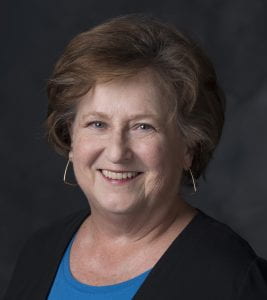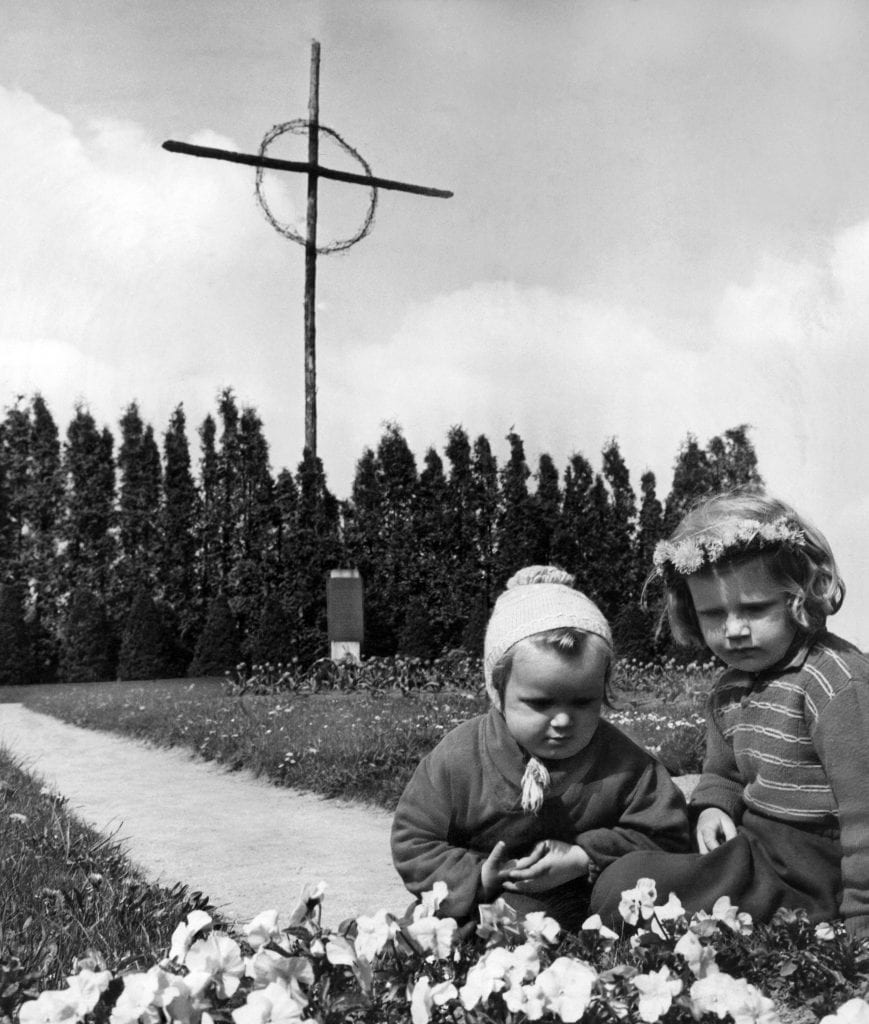“Lidice lives” is a component of an ongoing faculty research project by Elizabeth Černota Clark, senior lecturer at Texas State University School of Journalism and Mass Communication in San Marcos, Texas.

As a tribute to the Czech people and to victims of all conflicts, this project strives to dwell not on the past but on the present and future of Lidice, a village that exemplifies the triumph of the human spirit over tragedy.
Tragedies such as Lidice inspire art, music and literature. Join me on this journey as I explore how Pamatnik Lidice’s attention to the fine arts continues to look to the future as it honors victims of all wars.
I first heard of Lidice as a child growing up in a Czech-American community near Chicago. I remember the ways in which my grandparents, parents and the community came to grips with this WWII atrocity.
Seemingly simple acts of tending a garden, visiting arboretums and art galleries, and listening to great music are among the many ways to soothe the spirit. At Lidice, a memorial rose garden of 24,000 plants blooms each June, and the rose has become the symbol of Lidice worldwide. They were in full bloom across the old village the night Lidice was attacked. Now, 75 years later, roses bloom through mid-autumn in gardens along the village streets of nove (new) Lidice and in the public rose garden, The Garden of Peace and Friendship, which opened in June 1955.
The name of Lidice’s main thoroughfare is 10. června 1942 (June 10, 1942).
“Lidice, remembered,” a personal essay recounting my family’s coming to terms with this atrocity during the 1950s and ’60s, is published in the 2018 edition of Ten Spurs, the literary journal of the Mayborn Literary Nonfiction Conference.
Do you know someone or someplace named Lidice? Do you remember Lidice? If so, please contact me at ec22@txstate.edu. This blog will continue to explore the ongoing artistic, literary and horticultural responses to the devastation of Cerven 10.1942.
Notes:
How to pronounce “Lidice:” Leed – yit – seh (accent on the first syllable)
Pamatnik Lidice, translated: “Lidice Memorial.”
Sadly, Lidice is not the end of the story of war and destruction. As the number of Lidice survivors declines, let us remember the toll this tragedy took and consider ways to work toward peace.
In gratitude: I, along with the rest of the free world, am indebted to the journalists whose dedication to a free press makes it possible for the public to stay informed, alert and educated.
I’m also grateful to the people and institutions who made it possible for me to travel to Lidice, Czech Republic, as well as to Lidice at Crest Hill, Illinois. Among them: the School of Journalism and Mass Communication at Texas State University and the staff of Pamatnik Lidice, an organization of the Ministry of Culture of the Czech Republic.
Most of all, I thank my supportive family, both present and past: my husband and children, my parents and their parents (my grandparents) who, as teenagers, left their own villages in Bohemia and Moravia at the turn of the 20th century, hoping for a better life in the United States.
Copyright 2017 by Elizabeth Cernota Clark

Children at the cemetery of Lidice, Czechoslovakia, on May 20, 1957, where the victims of the 1942 destruction of the village by Nazi troops are buried. The tall cross in the background is said to have been made from the charred beams of Lidice farm houses. (AP Photo/Czech News Agency)
